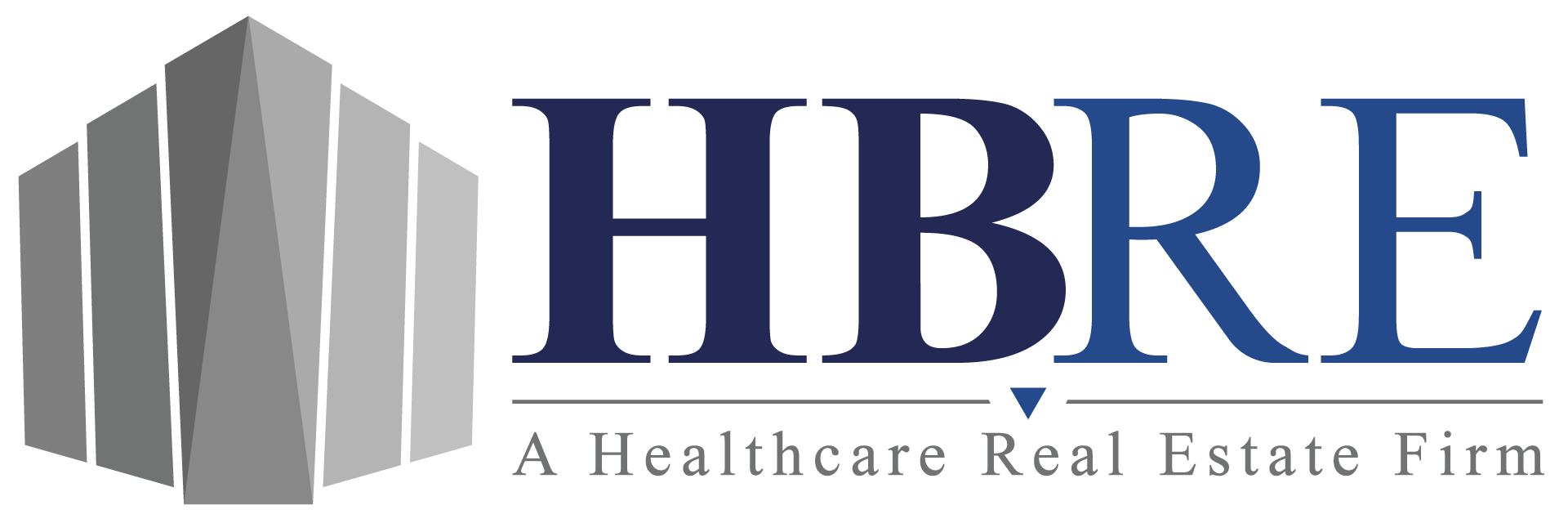Healthcare districts, with their concentration of medical facilities and services, are pivotal economic engines for local communities. These districts not only provide essential health services but also stimulate local economies through job creation, enhanced service provision, and broader economic development. Understanding the multifaceted economic contributions of healthcare districts can provide insights into their role as catalysts for local growth and community well-being.
Job Creation and Economic Stability
One of the most direct impacts of healthcare districts is significant job creation. Hospitals and healthcare facilities are labor-intensive entities requiring a diverse range of professions, from medical specialists and nursing staff to administrative and support roles. The establishment or expansion of a healthcare district naturally leads to a surge in employment opportunities for the community. This employment is typically stable and spans a wide range of skill levels, offering not just jobs but career pathways that can support families and stimulate further economic activity.
For instance, a single large hospital can employ thousands of individuals and is often one of the largest employers in a region. The presence of such an employer in an area can stabilize a local economy through continuous employment opportunities, even during economic downturns, as healthcare services remain in constant demand.
Enhancing Local Services and Infrastructure
Beyond direct healthcare services, healthcare districts also drive the development of local infrastructure and the enhancement of various services. The influx of patients, medical professionals, and visitors to these districts necessitates improved transportation systems, better roads, and enhanced public services, including safety and utilities. These improvements benefit the entire community, not just those directly involved with healthcare.
Additionally, healthcare districts can lead to an increase in local businesses and services that cater to healthcare professionals and patient families. Restaurants, retail stores, hotels, and other service-oriented businesses often flourish in these areas, creating a micro-economy that feeds off the healthcare district’s activities. This symbiosis between healthcare facilities and local businesses fosters a vibrant community atmosphere where business can thrive on the constant flow of healthcare-related traffic.
Attracting Ancillary Businesses and Research Facilities
Healthcare districts often become hubs for innovation, attracting research institutions, biomedical companies, and startups interested in healthcare innovations. These entities leverage the close proximity to major healthcare providers to pilot new technologies and treatment methods directly in a clinical setting. This not only furthers medical advancements but also contributes to the local economy by bringing in high-skill jobs and increasing the area’s attractiveness to other high-tech industries.
The presence of universities and research facilities in healthcare districts can amplify this effect, leading to advancements in medical research and the development of cutting-edge healthcare technologies. This environment encourages further economic development through grants, investments, and the commercialization of new discoveries, which in turn fuels more job creation and infrastructure growth.
Broadening Healthcare Access and Community Health
Economically, healthcare districts play a critical role in improving access to healthcare services, thereby enhancing overall community health. Better health outcomes directly correlate with higher productivity and lower absenteeism in the workforce, which can have a profound impact on the local economy. Comprehensive healthcare services within reach mean that communities are healthier, happier, and more productive.
These districts often serve as training grounds for future healthcare professionals, providing education and training opportunities that are invaluable for community development. Educational programs tied to healthcare facilities help cultivate a local workforce skilled in medical care, ensuring that the benefits of a healthcare district reverberate through generations.
HBRE’s Role in Strengthening Healthcare Districts
At HBRE, we understand the transformative impact that well-planned healthcare districts can have on local communities. Our expertise in healthcare real estate enables us to not only identify prime locations for development but also to design and manage facilities that align with the broader economic and health goals of the communities they serve. Partnering with HBRE means choosing a team that is dedicated to maximizing the potential of healthcare real estate to stimulate local economies and enhance community well-being.
Investing in healthcare districts goes beyond mere economic benefits; it is about fostering resilient communities that can thrive economically and socially. We invite local leaders, investors, and healthcare professionals to join us in this endeavor. Reach out to HBRE at [email protected] to explore how strategic real estate development can contribute to the vitality and health of your community. Together, we can build robust healthcare districts that are cornerstones of economic growth and community health.




